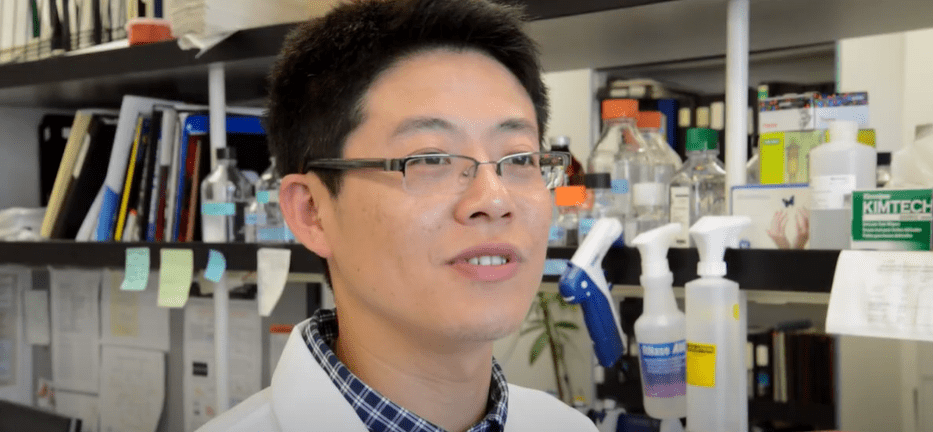Key Information Table: CDG Disease (Congenital Disorder of Glycosylation)
| Attribute | Details |
|---|---|
| Condition Name | CDG (Congenital Disorder of Glycosylation) |
| Nature | Rare genetic metabolic disease affecting protein glycosylation |
| Inheritance Pattern | Typically autosomal recessive; some forms autosomal dominant or de novo |
| Number of Known Subtypes | Over 130 (e.g., PMM2-CDG, MPI-CDG, ALG6-CDG) |
| Affected Systems | Neurological, muscular, visual, hepatic, gastrointestinal, endocrine |
| Common Symptoms | Hypotonia, ataxia, failure to thrive, developmental delay, liver dysfunction, vision issues |
| Diagnosis | Genetic testing, transferrin analysis, clinical history, symptom screening |
| Treatments Available | Symptom management; some subtypes treatable (e.g., MPI-CDG with mannose therapy) |
| Prognosis | Varies by subtype and severity; some cases mild, others life-limiting |
| Reference | CHOP (Children’s Hospital of Philadelphia): www.chop.edu |

CDG disease has gradually risen from medical obscurity to a position of increasing significance in pediatric genetics in recent years. It affects almost every organ and function in the human body, making it incredibly complex even though it is classified as a rare condition. Congenital Disorder of Glycosylation, or CDG for short, is a broad category of hereditary disorders that are all brought on by mistakes in glycosylation, the process by which sugar chains are joined to proteins and lipids.
CDG changes the way proteins work and interact by interfering with glycosylation, which has a cascade of effects. Similar to taking gears out of a complex machine, the absence of even the smallest part can upset the equilibrium of the entire system. Glycans, which are sugar structures essential for signaling, enzyme stability, and cellular structure, are the broken gears in this instance.
Many families start with inexplicable symptoms before receiving a CDG diagnosis. Some children exhibit obvious developmental delays, stop gaining weight, or have weak muscle tone from birth. The first warning sign for one Chicago mother was her son’s six-month-old incapacity to raise his head. Following months of uncertainty and fruitless tests, a specialist eventually recommended CDG, which was later validated by genetic testing. There are remarkably similar stories like hers in many cultures and geographical areas.
Clinical awareness has greatly increased in the last ten years. CDG clinics have been established by organizations such as the Children’s Hospital of Philadelphia and the Mayo Clinic, providing interdisciplinary care and research opportunities. These centers put families in touch with neurologists, cardiologists, geneticists, and nutritionists who can offer comprehensive treatment plans. These centers have become extremely effective at managing the various symptoms linked to CDG by combining expertise from various departments.
One of the enzymes that creates or modifies glycans is frequently the underlying genetic cause. Mutations in approximately 130 of the more than 400 glycosylation-related genes can produce different CDG subtypes. While MPI-CDG responds especially well to mannose supplementation—a rare exception in genetic conditions where dietary therapy shows noticeably improved outcomes—PMM2-CDG, the most prevalent form, is associated with a deficiency in an enzyme essential for sugar activation.
The majority of children with CDG have a distinct charm and emotional intelligence that family members describe as profoundly touching, despite the physical symptoms, which can range from blood clotting disorders to cerebellar hypoplasia. The intricacy of their medical issues frequently contrasts sharply with their happiness and tenacity. An eye-controlled communication device was used by one teen with CDG to deliver a speech at a 2023 awareness event. “I may need help, but I have dreams like everyone else,” was her message. It changed perceptions with remarkable effectiveness.
CDG research is developing at a promising rate in spite of its complexity. Today, researchers are modeling CDG in lab-grown cells using sophisticated sequencing tools and gene-editing methods. These discoveries are shedding light on the function of glycosylation in the immune system, brain development, and even the advancement of cancer. Amazingly, a wider understanding of how sugar structures affect human health is now being guided by this once-niche condition.
These children are not being forgotten thanks to CDG advocacy groups’ integration of rare disease research into larger biotechnological initiatives. Groups like CDG CARE and CDG UK put forth endless effort to connect families around the world, influence policy, and increase awareness. Their work on developing digital tools for monitoring symptoms, genetic data, and treatment results has been especially creative.
The social impact of CDG is not limited to the clinic. Many families end up speaking out in favor of inclusive policies, medical access, and educational support. In one particularly poignant case, twin boys with distinct CDG subtypes were involved. One was able to walk and talk, but the other needed constant attention. Their school set an example for how inclusion can be implemented in practice when institutions listen and adapt by modifying curricula and creating sensory classrooms.
CDG also serves as an example of the necessity of early genetic screening in the context of medical policy. Diagnosis delays are frequent, particularly in areas where comprehensive pediatric care is not readily available. Healthcare systems can improve outcomes and drastically cut down on diagnostic delays by investing in rare disease infrastructure and growing newborn screening panels. Early intervention is frequently the most effective treatment for CDG symptoms in their early stages.
Many CDG families experienced greater care challenges and isolation during the pandemic. However, virtual platforms that were developed out of necessity turned out to be surprisingly resilient solutions. Global Zoom support groups, virtual rare disease summits, and online speech therapy have become commonplace. Parents who previously had limited access to specialized care have benefited greatly from these platforms.
Clinical trials for treatments related to CDG are anticipated to grow in the upcoming years. RNA-modulating medications, enzyme boosters, and gene therapies that target glycosylation defects are already being investigated. The future is bright, even though it’s still early. Every clinical development is a step closer to independence, dignity, and a longer life for kids with CDG, according to researchers and families.

